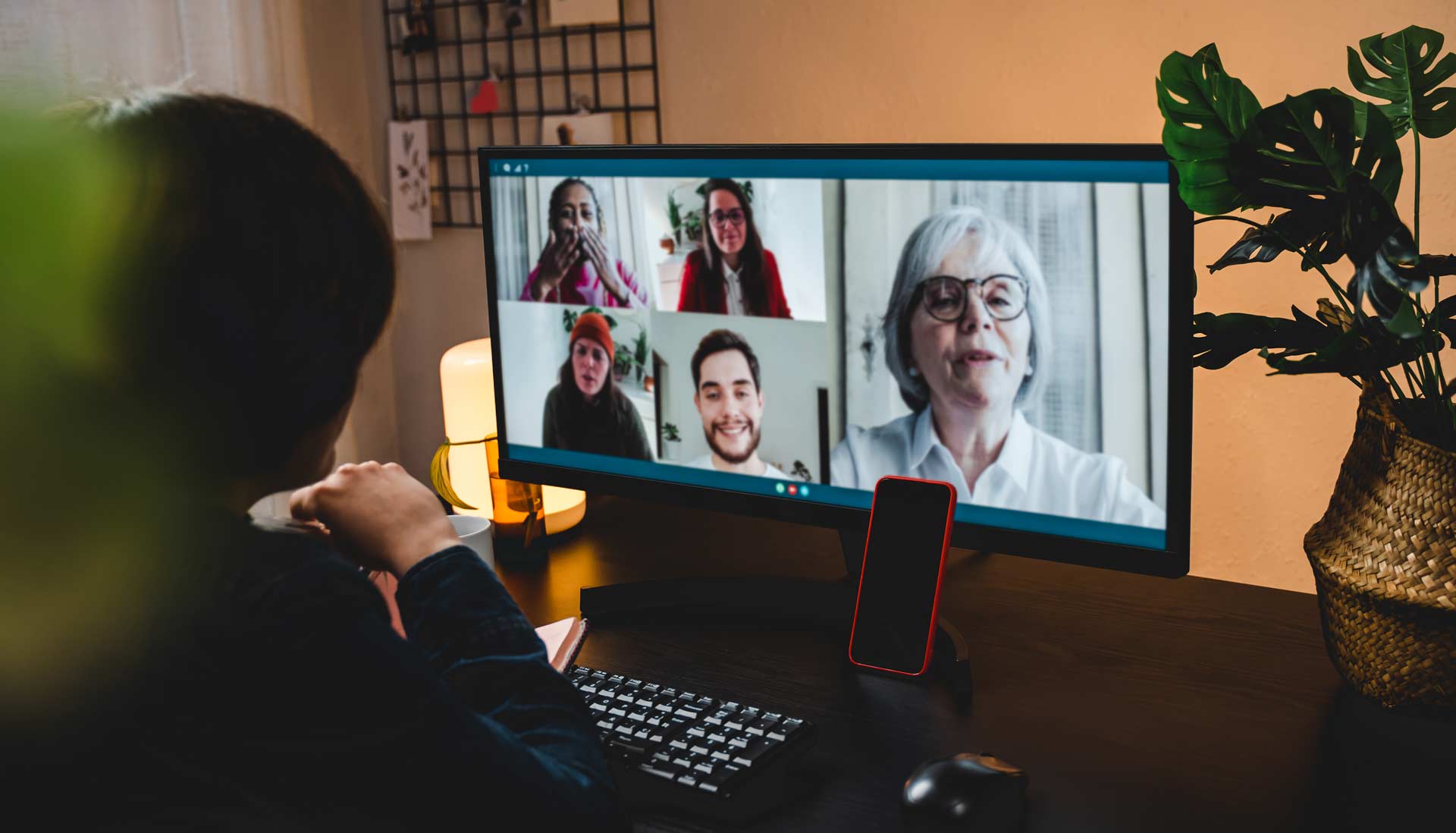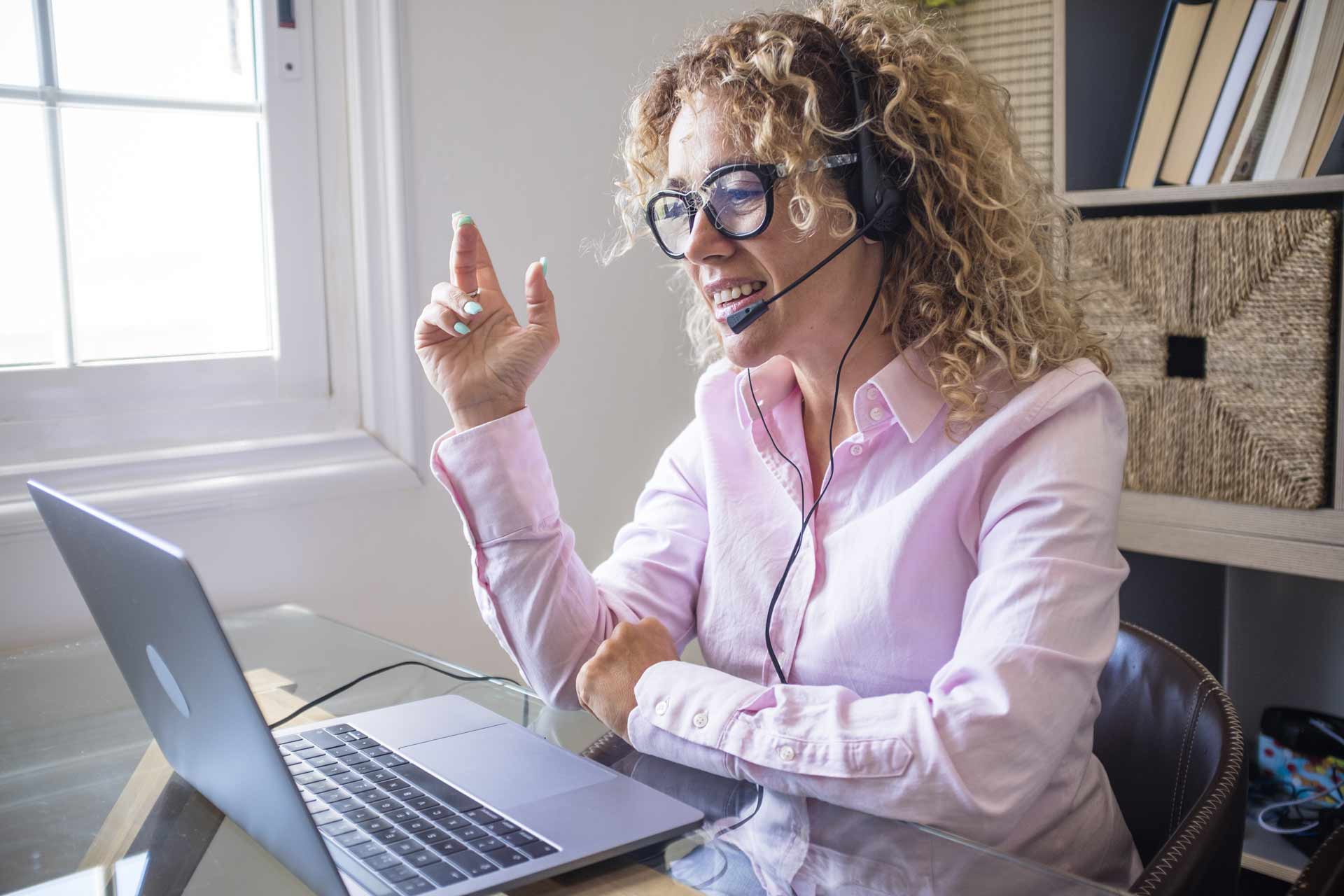It’s a real thing. In my role as CEO of a tech start-up, I spend my days on video calls. These video calls are across all platforms; Zoom, Teams, Google Meet, you name it, I’ve used them all. A typical day consists of eight+ Zoom calls, beginning as early as 6AM and usually 30-90 minutes long. Then throw in a handful of voice calls on top. This makes for exhausting days.
Wikipedia describes Zoom fatigue as “tiredness, worry or burnout associated with the overuse of virtual platforms of communication, particularly videoconferencing. The name derives from the cloud-based videoconferencing and online chat software Zoom, even if used to refer to non-Zoom video conferencing platforms (Google Meet, Microsoft Teams, Skype, etc.). The phenomenon of Zoom fatigue has been attributed to an overload of nonverbal cues and communication that does not happen in normal conversation, and the increased average size of groups in video calls.”
Despite the fatigue factor, throughout the last two years, Zoom has become my go-to communication tool and proved to me that being in a traditional office environment is not necessary to perform my job effectively. I work with a distributed team in multiple time zones and with clients and suppliers across the world. Zoom enables us to accomplish what needs to be done and keeps people connected with some degree of humanness. Pre-pandemic, I had started to use Zoom with growing frequency and quickly became a fan. With Zoom now part of the fabric of my life, I needed to better understand what was causing the fatigue and what I might be able to do about it.

In an article by Bob Hutchins, he states, “Zoom fatigue is a phenomenon that occurs when our brains use the wrong cues to process information. On a video call, we only have access to visual stimuli which makes us feel very uncomfortable as it forces us into ‘constant gaze,’ essentially being forced into staring at someone’s face for an extended period of time. This feels unnatural and tiring because, in reality, people don’t usually stand within three feet of one another while making eye contact (except maybe with close friends or family).
In addition, the ‘zoom lens’ also forces speakers and listeners to ‘face each other straight on,’ which makes it difficult for people who are trying to have a conversation. This feeling of discomfort can lead to increased thoughts about how you look, which will give you a case of ‘the nerves.’ With prolonged exposure to this mode, our brain’s visual processing system starts working overtime. Thus, fatigue sets in. While it may be hard for some people, learning to make yourself feel more comfortable when looking in a mirror, or even just being aware that what you’re going through is common, can hopefully help ease the effects to some degree.”
I believe everyone using videoconferencing frequently experiences the effects differently to some extent. For me, it begins with reviewing my calendar first thing in the morning. I often find myself feeling anxious just looking at how many calls are ahead of me. The next problem is the frequent back-to-back scheduling; most of the calls have little to no time in between.
However, even with the stress and anxiety associated with videoconferencing, I have grown to prefer Zoom calls to traditional voice calls. They add personal interaction and provide elements of body language and facial expressions that would otherwise be available only in physical meetings.

My tips to minimize the ill effects of Zoom fatigue
- Schedule your Zoom calls with adequate breaks in between calls, especially long-duration calls.
- If you are the host of a long call, say an hour or longer, schedule short breaks for the participants to refresh themselves or grab another cup of coffee.
- Don’t multi-task! This is a challenge for me and one that adds to my fatigue in general.
- Turn off your image window. This allows you to focus on the other participants and not yourself.
- Turn off your audible notifications and phone ringer during video calls. These can be huge distractions for everyone.
- Go into each call being technically prepared. Make sure your audio and video settings are correct and ready to go. Having a glitch right out of the gate can be a stressful start to any Zoom call.
- Be on time and prepared. Nothing creates stress more than going into a meeting, especially a virtual one, in a disheveled state.
- Make sure that your room ambiance is comfortable. This includes background distractions, lighting, screen glare, chair comfort, sound levels, and the potential for a barking dog.
To summarize, Zoom fatigue is real. Don’t allow it to overwhelm you. Try the tips I’ve identified above, along with your own. Videoconferencing works well for most people and is here to stay, so it’s a matter of finding ways to minimize its ill effects on our mental wellbeing as best we can.


